Exploring the Classical Elements of Interior Design
Interior designing is the art of creating a space that appeals to an individual’s sensibilities and preferences. It can be done with a wide array of materials, colours, textures and shapes. But it is heavily dependent on the fact that each thing has its own rhythm and pattern. Can it be something nice when along with a plain colour or an object having a similar form but with a different structure? There are two different approaches to interior design- the traditional approach and the contemporary approach. The latter is considered the more modern version of the older one.
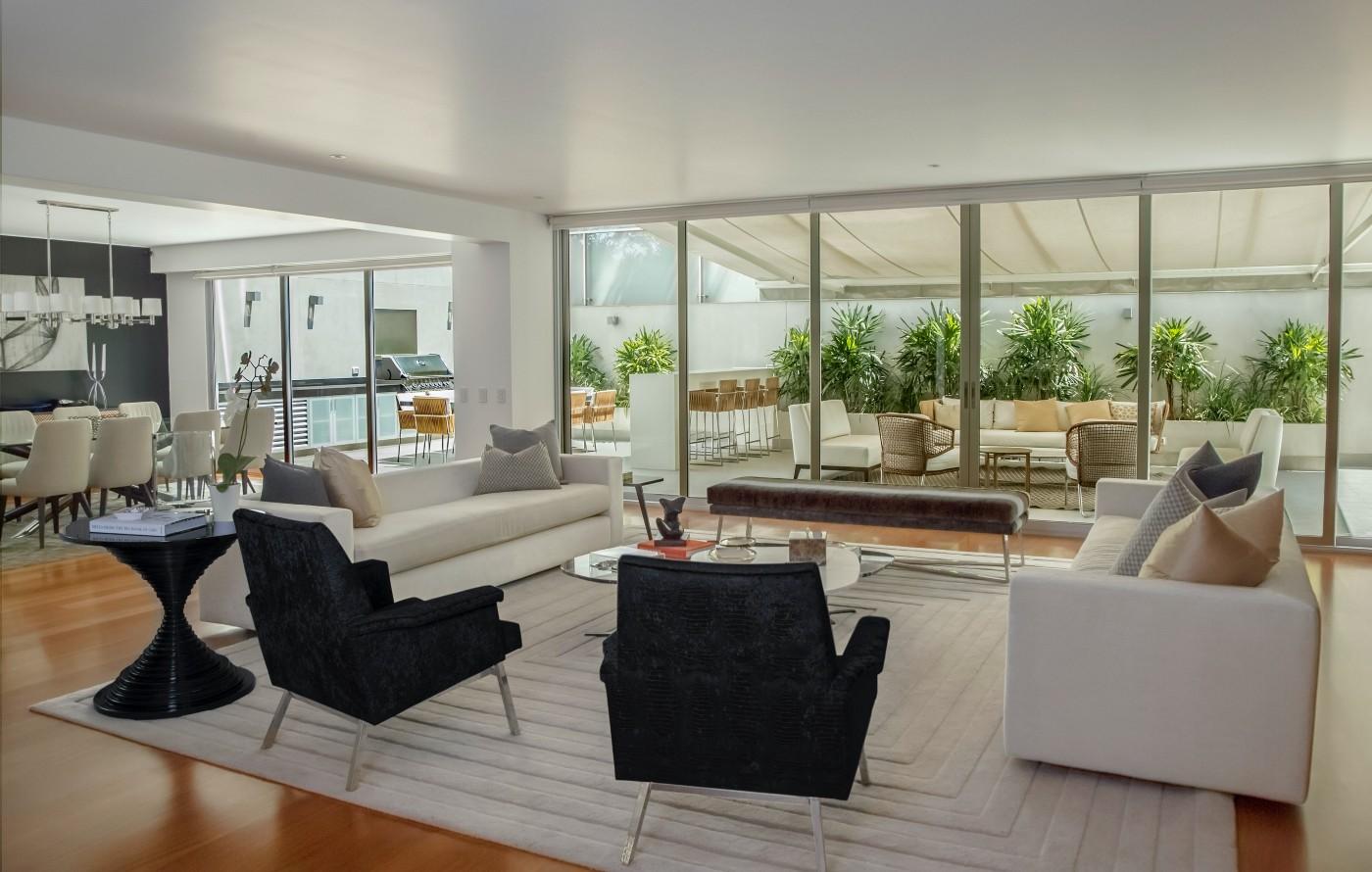
Space
When it comes to interior design, one of the most important elements in space. This is something that you need to take into consideration when you are planning the design of your home. You need to make sure that you have enough space for all of your furniture and for all of the other elements that you want to include in your design. This is something that you can talk to a professional about, or you can look online for some tips on how to create more space in your home.
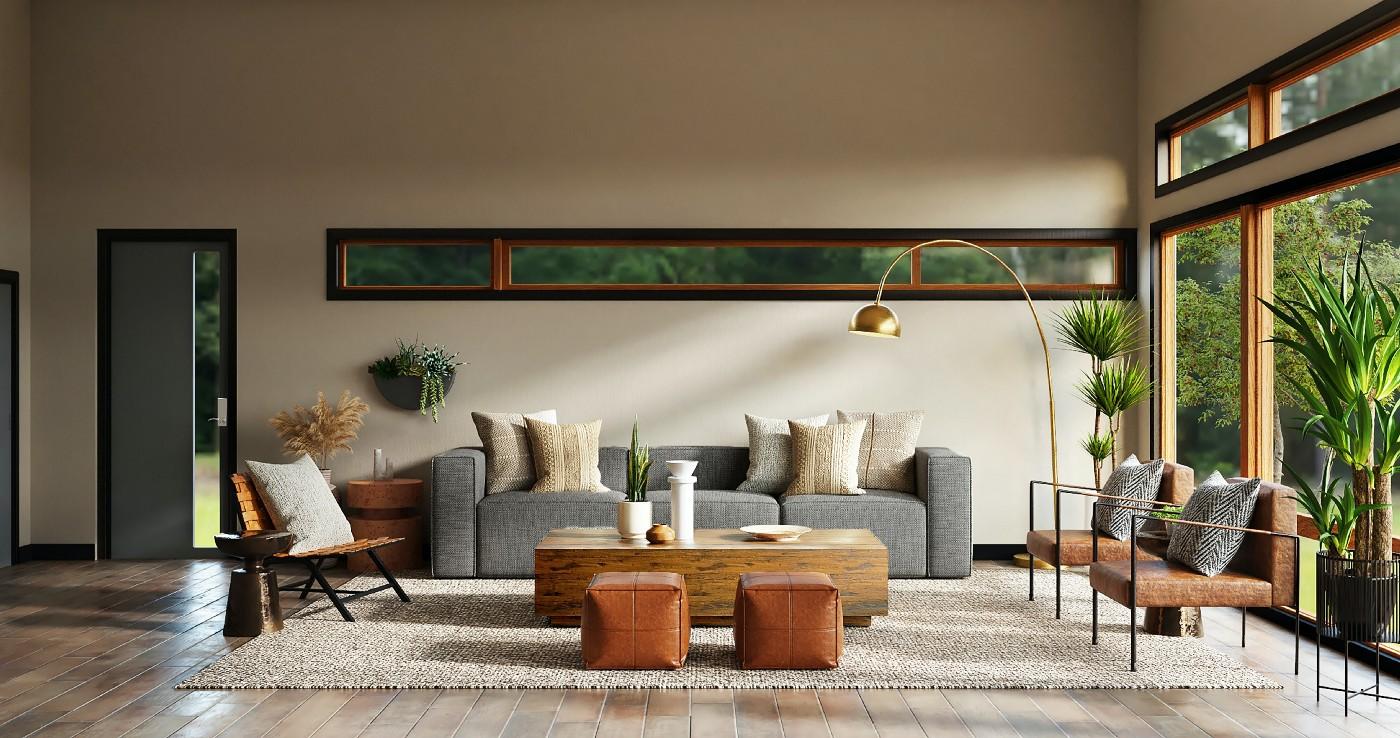
Light
Interior design is all about creating a certain ambience within a space. One of the most important elements in dictating the feel of a room is light. The right lighting can make a space feel warm and inviting or cold and austere. It can also be used to highlight certain features within a room or to create an illusion of space.
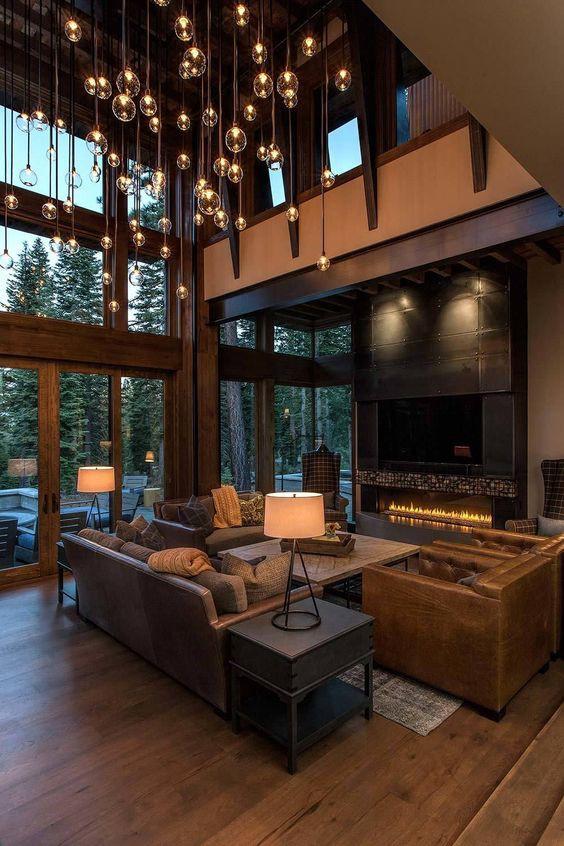
There are many different types of light sources that can be used in interior design. Natural light is always the best option, but sometimes it is not possible to rely on it exclusively. In these cases, artificial lighting needs to be used. There are several different types of artificial lighting that can be used, each with its own advantages and disadvantages.
Incandescent bulbs are one of the most common types of light bulbs. They produce a warm, yellowish light that is very inviting. However, they are not very energy efficient and tend to produce a lot of heat.
Fluorescent bulbs are another option for artificial lighting. They produce a bright, white light that can be harsh if not used carefully. Fluorescent bulbs are much more energy efficient than incandescent bulbs, but they contain mercury and need to be disposed of properly when they burn out.
Form
When it comes to interior design, the element of the form is all about the shape and structure of a space. This includes things like the furniture layout, the wall configuration, and any other physical features that give a room its shape. Even the lighting can play a role in creating a certain type of form in space.
In many cases, the form of a room will be dictated by its function. For example, a living room needs to provide enough seating for a family to relax and watch TV, so the furniture layout will be different from that of a bedroom which is designed for rest and relaxation. But no matter what the function of a room is, there are always ways to play with its form to create a space that is both stylish and functional.

Lines
Lines are one of the most basic elements of interior design. They can be used to define spaces, create visual interest, and direct the eye around a room. Lines can be horizontal, vertical, or diagonal, and can be straight or curved.
In a room with few furnishings, lines can play a major role in defining the space. For example, horizontal lines can make a room feel wider, while vertical lines can make it feel taller. Diagonal lines can add interest and energy to a space.
Lines can also be used to create visual interest. For example, a row of bookshelves placed along a wall creates a horizontal line that helps to anchor the space. A grouping of art placed at different heights on a wall creates diagonal lines that add movement and visual interest.
Finally, lines can be used to direct the eye around a space. For example, when entering a room, our eyes are naturally drawn to the longest wall. Placing furniture or artwork along this wall helps to guide the eye around the space.
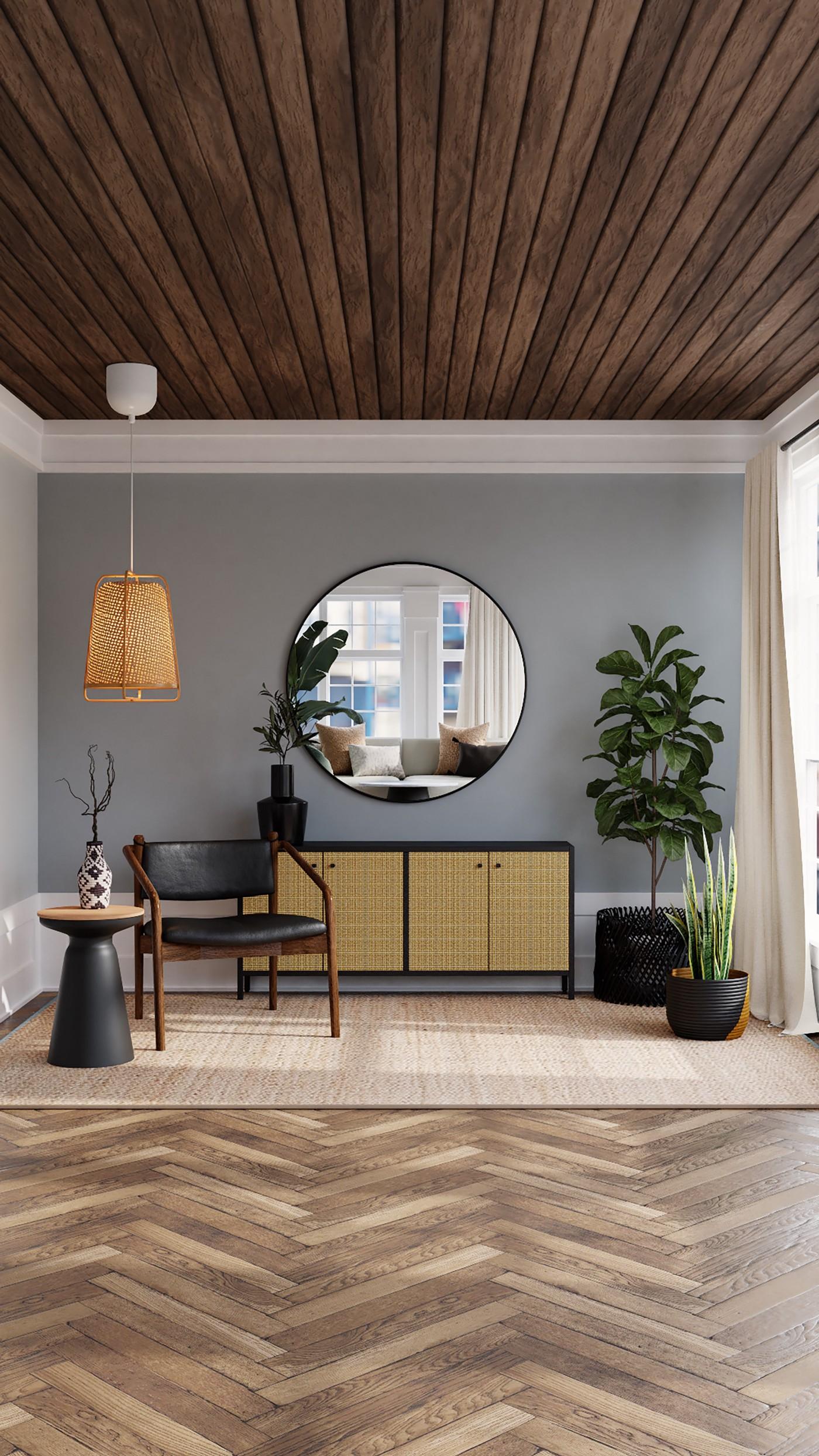
Colours
In interior design, colours play a vital role in creating the desired ambience for a space. Colours can be used to create a feeling of warmth or coolness, energy or relaxation, and can even be used to visually expand or contract space. When selecting colours for your home, it’s important to consider the overall mood you want to create, as well as the specific purpose of each room.
For example, if you want to create a warm and inviting living room, you might consider using earth tones like deep reds, oranges, or yellows. If you’re looking to design a more energetic space, like a home gym or office, then brighter colours like greens or blues might be more appropriate. And if you’re trying to create a more relaxing environment, like a bedroom or bathroom, then softer hues like pale blues or greens can be calming and soothing.
Ultimately, there are no hard and fast rules when it comes to choosing colours for your home. It’s all about experimentation and finding what works best for you and your space. So don’t be afraid to experiment with different colour schemes until you find the perfect one for your home!
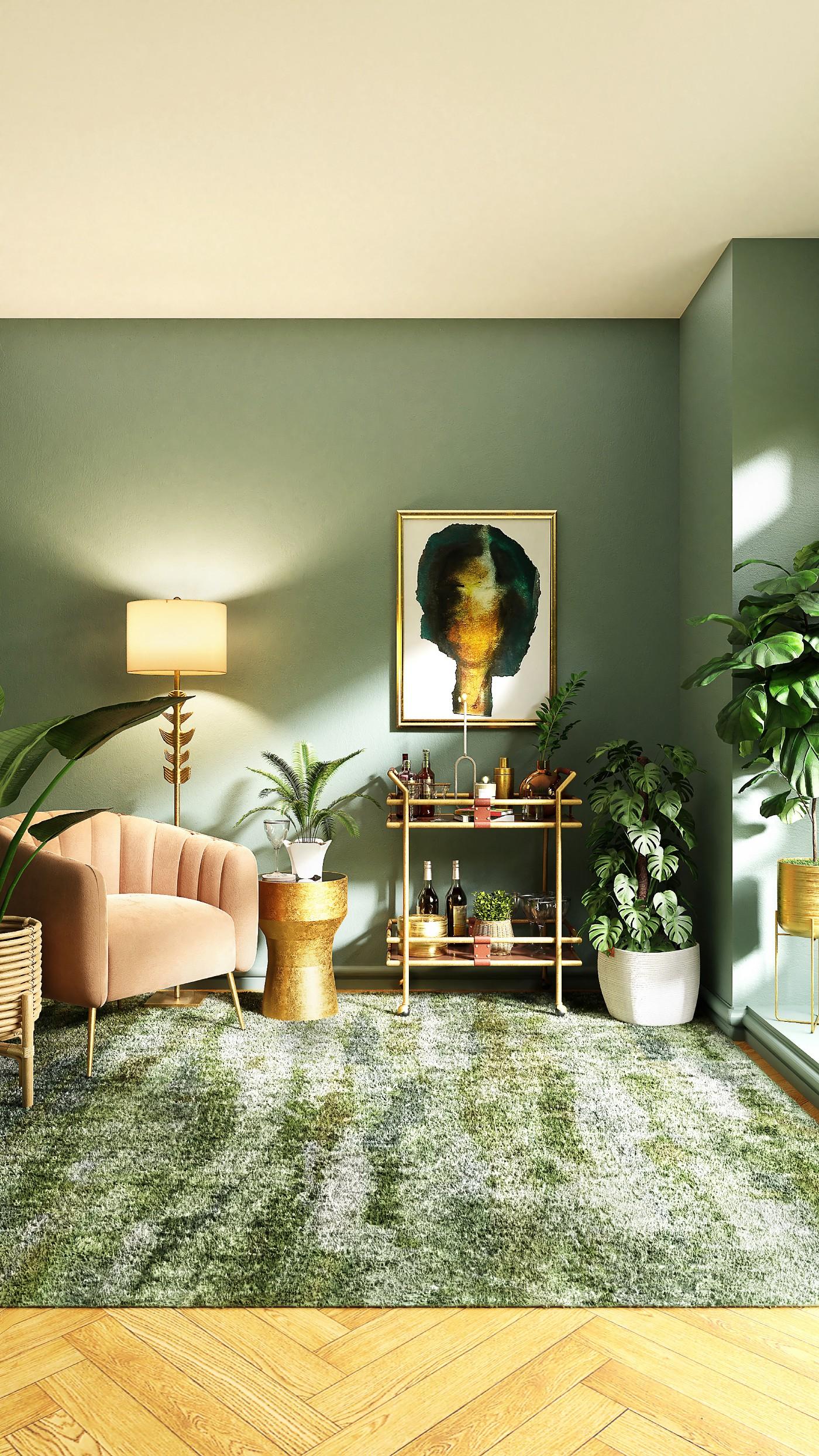
Textures
Interior design is all about creating a certain feeling in a space. And one of the most important ways to do that is through the use of textures.
Texture can be defined as the way a surface feels when you touch it. It can also refer to the way a material looks, such as its pattern or colour. But in interior design, the texture is usually used to create visual and tactile interest in a space.

There are four main types of texture: smooth, rough, soft, and hard. Each type of texture can create a different feeling in a space.
Smooth textures are often used to create a sense of sophistication or luxury. Rough textures can add character and warmth to a space. Soft textures are usually used to create an inviting and comfortable atmosphere. And hard textures can add contrast and visual interest to a space.
The best way to incorporate texture into your design is to use a mix of different types. This will help create interest and depth in your space.
Patterns
Just as the title suggests, this element is an accessorizing element. With the increase in the popularity of accent walls and wallpaper designs for living rooms, patterns are no longer a problem to pick on. The same applies to all fabric-based articles. They come in various colours and kinds and are the easiest way to ornate a room. However, a fair word of advice would be to avoid using too much of that.
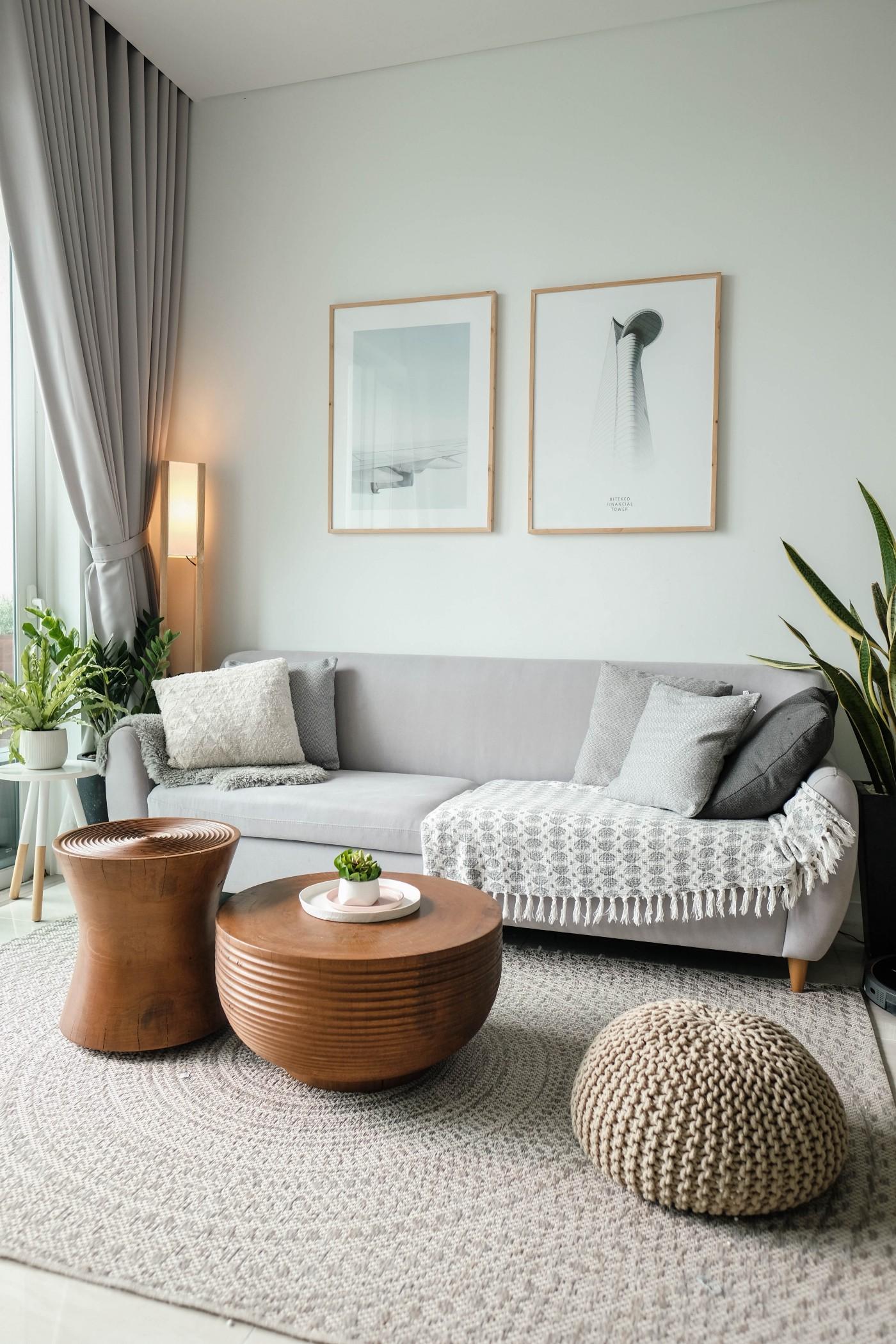
And, that wraps up all the seven elements of interior design. The elements are all very logically and scientifically proven facts. And that helps us in steering clear of the primary dilemmas. Hopefully, these pointers serve you as determinant factors when you embark on your journey of interior designing. Keep checking our page for more inspirations and tips on home styling.
